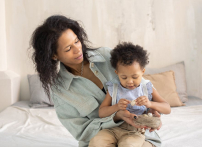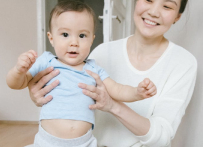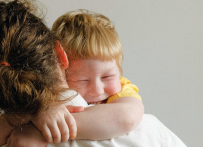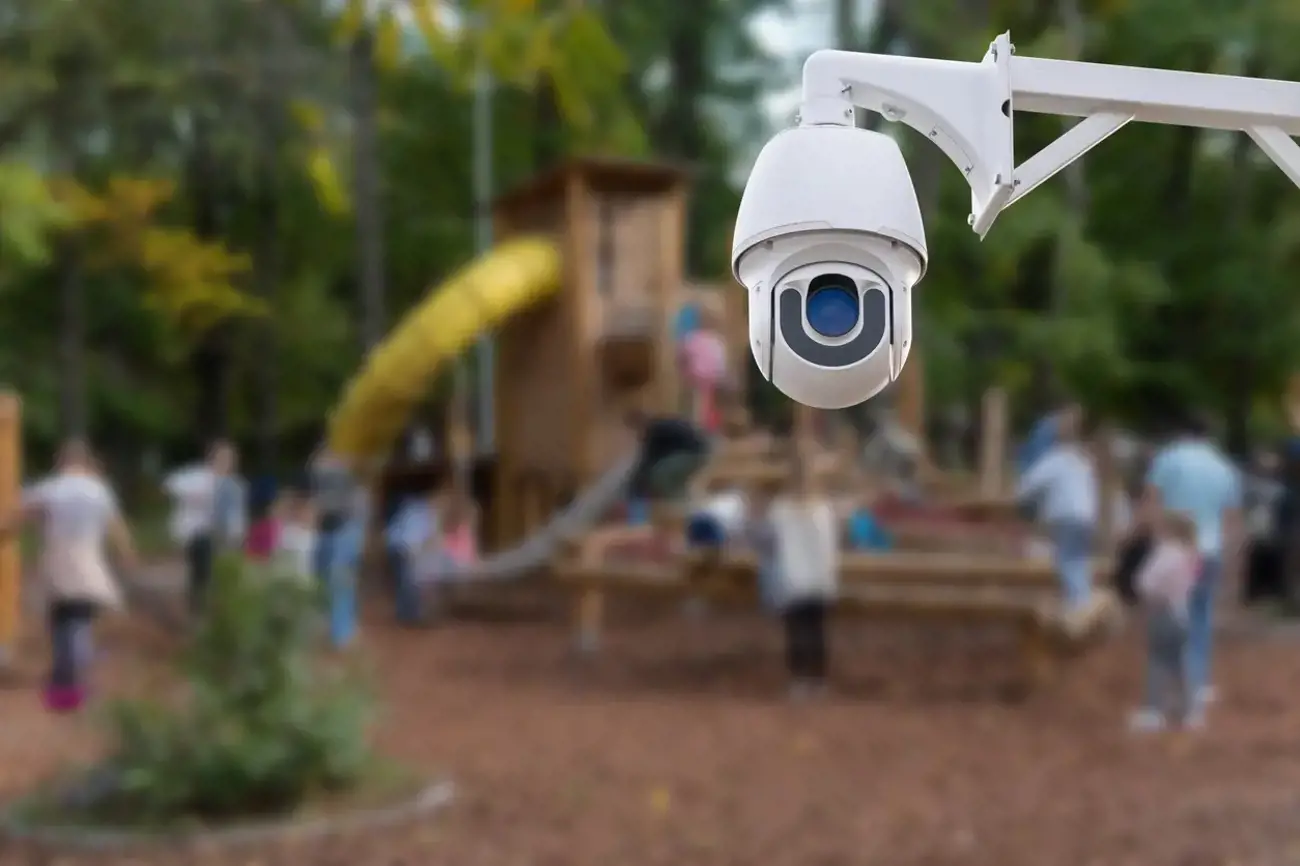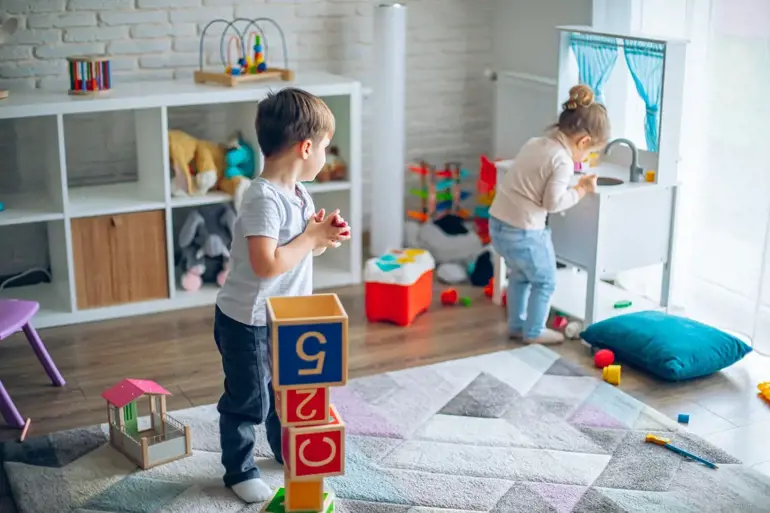Let's talk about something that's got parents, educators, and politicians all talking: CCTV cameras in childcare centres. It’s a topic that can bring up some strong feelings. On one hand, you’ve got the desire for ultimate safety and peace of mind. On the other, there are real questions about privacy for both kids and the wonderful educators who care for them.
Well, the conversation is moving from "what if" to "how," with the Australian government rolling out a trial of CCTV in hundreds of childcare centres later this year. So, let's grab a coffee and unpack what this all means for you, your little one, and the people who look after them.
What’s the Big Idea? A Closer Look at the Trial
The federal, state, and territory education ministers have given the green light for a trial that will see up to 300 childcare centres install CCTV cameras starting from October or November. The goal is simple and one we can all get behind: improving the safety of children in early education settings.
As Education Minister Jason Clare put it, "This is not a silver bullet, none of this is. None of it is a guarantee. But it is an essential component in what we need to do if we want to keep our children safe." It's about adding another layer of protection. Police have noted that cameras can act as a deterrent for bad behaviour and become a crucial tool for investigations if something does go wrong.
The trial isn't just about slapping cameras on walls, though. It's a carefully planned pilot program designed to answer some very important questions.
Key Focus Areas of the Trial:
- Camera Placement: Where should cameras be located to be effective without being overly intrusive?
- Data Storage: Who gets to hold onto the footage, and for how long?
- Cybersecurity: How can we protect the footage from being hacked? This is a huge one. Minister Clare acknowledged the "threat that any information that is collected with CCTV could be hacked by paedophiles."
To get this right, the government is bringing in the experts. The trial will be designed and reviewed with support from the Australian Centre for Child Protection and the Australian Children's Education and Care Quality Authority (ACECQA). It’s reassuring to know the big guns are involved in figuring out the nuts and bolts.
It's Not Just About Cameras
While the CCTV trial is making headlines, it's important to see it as part of a bigger picture. Even proponents of cameras agree they aren't the be-all and end-all of child safety.
Ros Baxter, the CEO of Australia's largest not-for-profit provider, Goodstart, which is already trialling cameras, highlighted that other factors are just as vital. "CCTV is an important element... but other things are much more important," she said. "The ratios of educators to children and having strong professional development and reporting culture are really what keeps children safe."
It’s a sentiment that resonates. Great educators, proper staffing, and a culture of open communication are the bedrock of a safe and nurturing environment. Cameras might be the new tool in the toolbox, but they can't replace the skilled hands and watchful eyes of trained professionals.
Other Safety Measures on the Way
Alongside the camera trial, a few other significant changes are being rolled out to boost safety and transparency in the sector.
- National Register of Educators: Work is beginning immediately on a national register of all early childhood education workers. This will include their contact details, place of employment, and any information regulators have, like who is under investigation or prohibited from working with children.
- More Transparency for Parents: From next month, the Starting Blocks website will provide more detailed information about centres, including safety breaches or conditions imposed on an operator. No more digging around for the information you have a right to know.
- Mandatory Training: All staff will be required to undertake new, mandatory training on child safety, focusing on how to spot grooming or abusive behaviour.
- Phone Ban: Centres will need a policy that bans the use of personal phones while staff are working with children.
So, What Can You Do?
Seeing these changes roll out can bring a mix of relief and new questions. The best thing you can do is stay informed and stay engaged.
This CCTV trial is a step, not a final destination. It's about finding a balance between safety and privacy, and the results will shape the future of security in early learning. As a parent, your voice and your involvement are more important than ever.
Talk to your centre director. Ask them if they are participating in the trial or what their thoughts are on CCTV. Discuss their existing safety policies and how they foster a culture of protection and care. A good provider will always be happy to have these conversations with you. After all, you're a team, and the most important person on that team is your child.




























